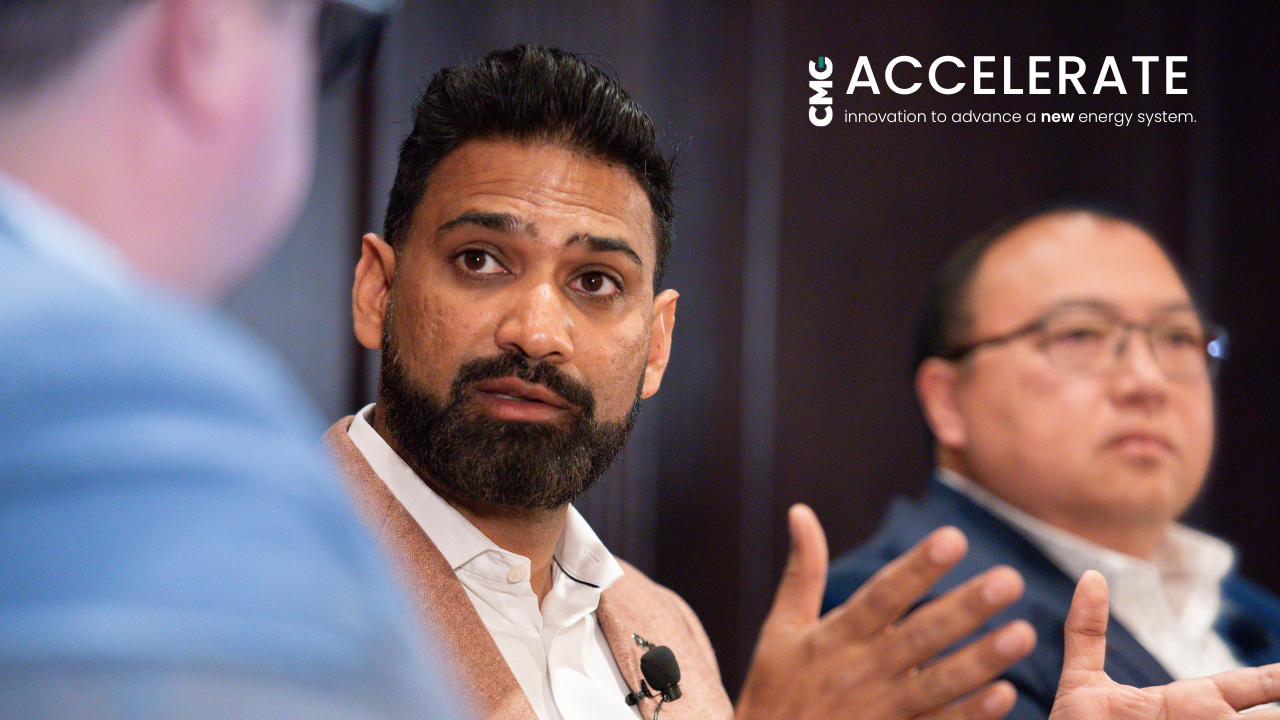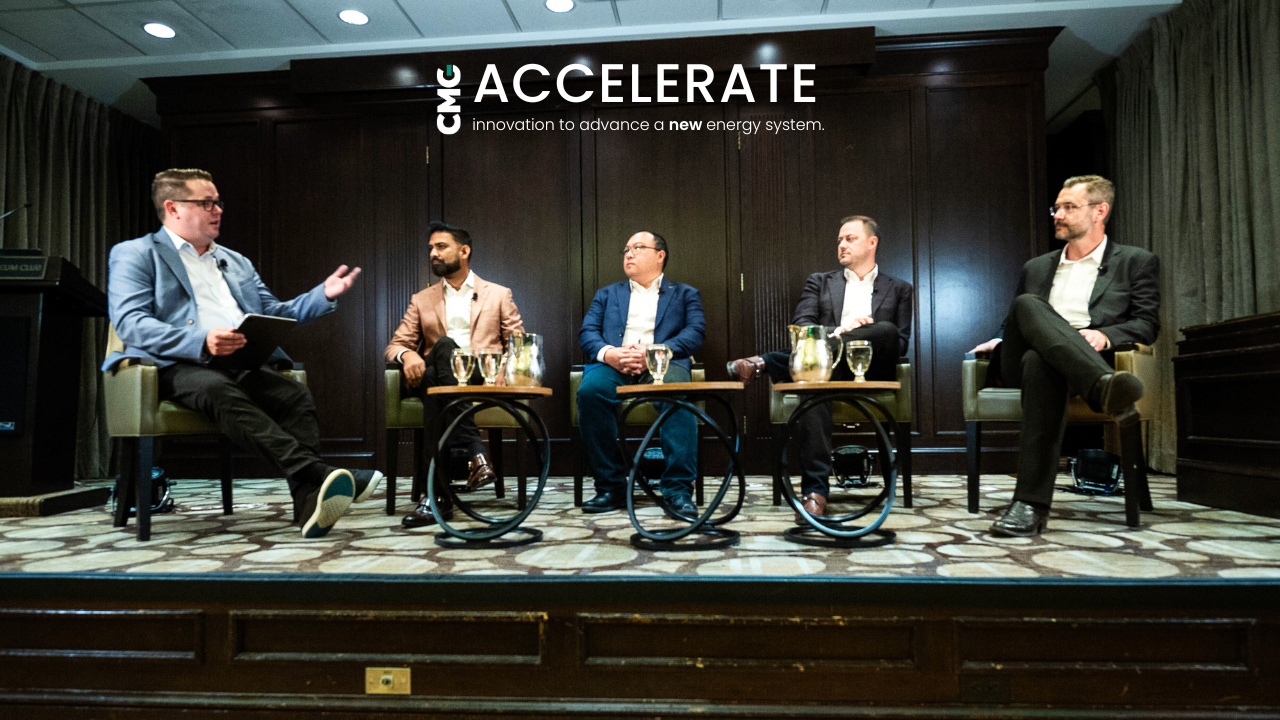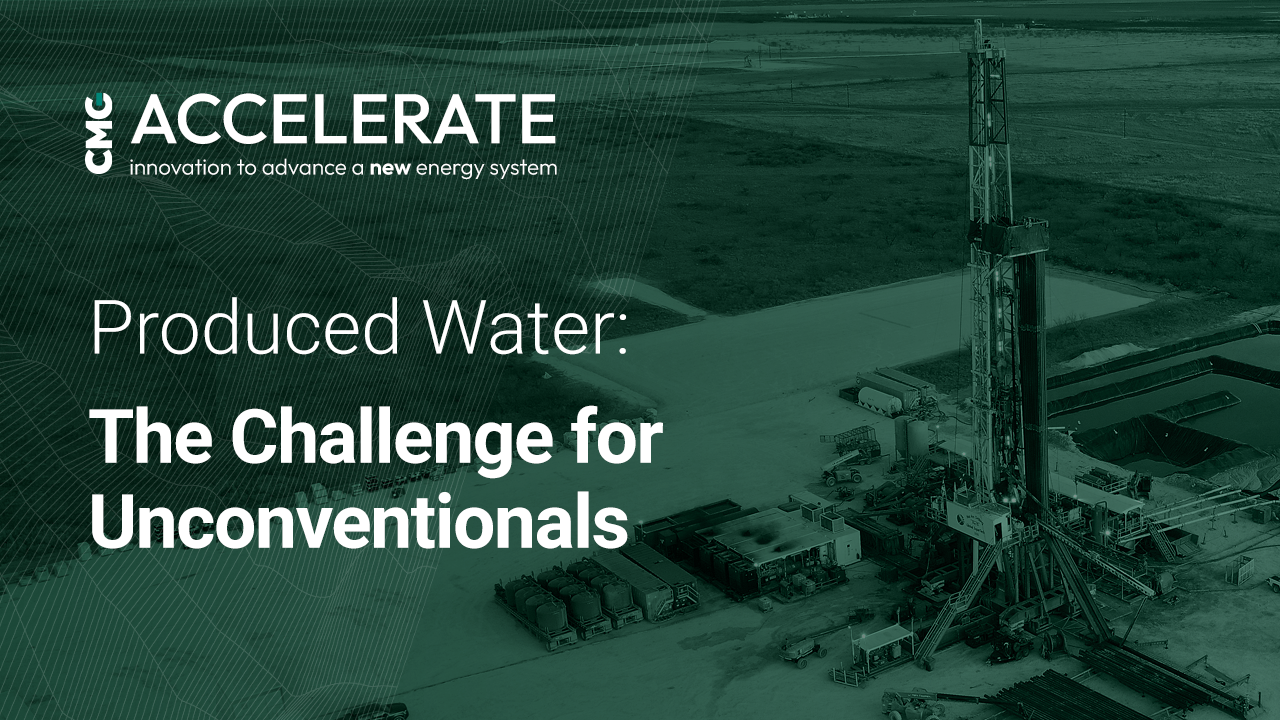Once viewed as the energy industry’s golden goose, unconventional reservoirs are entering a new phase. The easy pads have been drilled. Infrastructure is aging. And operational margins are being squeezed by volatile oil prices, regulatory pressures, and the physics of parent-child interference. Amid this complexity lies opportunity. The key to unlocking that opportunity is precision, in design, in forecasting, and in execution.
A decade ago, rapid expansion was the priority. Now, maturity demands control. The challenge has shifted from access to resources toward maximizing recovery and economics across every stage of the development lifecycle. This evolution requires deeper technical understanding and a forward-looking strategy rooted in data and adaptability. In this month’s edition of Accelerate, we uncover how to avoid ‘frac’ing blind’ in unconventional production.
Market Shift: Maturity, Margins, and the Rise of Infill Challenges:
The market is trending toward late-stage unconventional development. According to the EIA, U.S. tight oil production growth is slowing, with most new output coming from re-fracs, tighter spacing, and well recompletions (EIA source). As the core inventory declines, operators are increasingly turning to lower-tier rock, resulting in greater uncertainty in well performance.
At the same time, interference between infill and legacy producers is creating unpredictable results. Studies published in SPE Reservoir Evaluation & Engineering show that parent-child interactions can reduce cumulative recovery by 20–30% if not properly accounted for (JPT source).
Responding to these conditions requires a new mandate:
- Maximize recovery from fewer wells
- Optimize capital efficiency while preserving base production
- Build strategies that account for geological variability and stress field evolution
These demands are reshaping how development campaigns are structured. Infill programs require more than simply drilling closer—they call for tailored completion designs, interference mitigation, and dynamic well spacing calibrated to subsurface conditions.
Teams must now treat every pad like a custom problem set, not a replication exercise.
But while customization improves outcomes, it also increases the burden on planning teams. Without scalable tools and collaborative workflows, field development risks becoming fragmented and reactive.
A Shift in Mindset: It Starts With Better Questions:
Unconventionals are unpredictable, but that doesn’t mean they have to be unknowable. Industry leaders are reframing how they plan, simulate, and optimize these assets.
Instead of asking, “How do I repeat last year’s results?” leading teams ask:
- What is the long-term economic impact of infill well sequencing?
- How do pressure and saturation evolve spatially across stacked laterals?
- How can surface infrastructure, gas lift, and water handling be optimized alongside completion design?
These questions demand integration across domains. As Wood Mackenzie noted in its 2024 Unconventionals Outlook, teams that successfully coordinate reservoir, surface, and economics outperform peers by 15–20% on NPV per well (Wood Mackenzie source).
Clarity at the planning stage increases confidence downstream, and enables teams to build in adaptability rather than relying on hindsight correction.
However, adopting this mindset isn’t always straightforward. It requires cultural buy-in, organizational agility, and tools that make complex analysis accessible across teams, not just to specialists.
Scenario Testing New Technologies: From Guesswork to Ground Truth
Operators today are evaluating more aggressive and sophisticated techniques to push performance boundaries—including ultra-long laterals, alternating diverted drive (ADD) wells, simul-frac and tri-mul-frac stages, and next-generation proppant types.
These innovations carry upside potential—but also high capital risk. That’s why scenario modeling must move upstream in the workflow. Planning must not only test technical feasibility, but quantify economic outcomes under a range of operational and geologic conditions.
Advanced modeling allows teams to simulate the impact of:
- Completion design variations across a lateral
- Frac stage count and spacing in multi-well pads
- Fluid type, pump rate, and proppant combinations
- Dynamic interaction effects in stacked or nearby developments
The most effective teams treat modeling not as a verification step, but as an exploratory tool—one that helps avoid overcapitalizing on aggressive designs or underestimating interference effects. When every dollar counts, the cost of not testing scenarios early is far greater than the time spent doing so.
Water is the New Bottleneck
Across the Permian, water management has become a capital and regulatory flashpoint. With water-to-oil ratios often exceeding 7:1, disposal volumes have strained infrastructure, raised costs, and triggered seismicity concerns.
The Texas Railroad Commission has placed stricter guidelines on saltwater disposal wells (SWDs), including pressure monitoring and seismic risk assessments. As highlighted in a 2024 Reuters report, some operators have faced injection curtailments that disrupted entire development schedules (Reuters source).
Integrated simulation and optimization workflows now enable:
- Forecasting of produced water volumes across a development timeline
- Modeling of SWD injection performance and pressure propagation
- Optimization of surface water network from routing to reuse.
Successful case studies have shown cost reductions of over $500,000 per pad by optimizing water handling routes in tandem with production design.
Water is now a primary constraint on development—operationally, economically, and in terms of regulatory compliance. This shift forces producers to integrate water strategy with field planning, embedding it into the same conversations as production uplift and infrastructure capacity.
However, many existing models and planning frameworks treat water as an afterthought. Closing this gap will require better data granularity, more adaptive infrastructure planning, and cross-team alignment from the earliest stages of development.
Looking Forward: From Complexity to Clarity
The modelling landscape is evolving in response to rising asset complexity.
Today’s engineers and planners must be able to:
- Capture spatial heterogeneity in well performance
- Incorporate stress shadowing and depletion gradients into pad design
- Co-optimize subsurface and surface systems as one interconnected model
The tools that succeed will be those that unify simulation with forecasting, integrate physical modeling with optimization, and align engineering workflows with economic priorities.
To remain competitive, operators will need to institutionalize learning across fields, rapidly test development concepts, and deploy insights at scale. Teams that can iterate quickly, coordinate across disciplines, and adjust with intention will lead the next phase of unconventional development. Yet even the most sophisticated models mean little without execution. Organizational structure, incentives, and culture must evolve alongside tools and technology. Precision planning must be met with operational discipline.
As unconventional plays mature, the margin for error narrows and the cost of guesswork grows. If it feels like you’re frac’ing blind, it’s time to stop relying on shortcuts and start designing the full system with confidence.
Optimize across the entire wellbore before the first drop flows.







